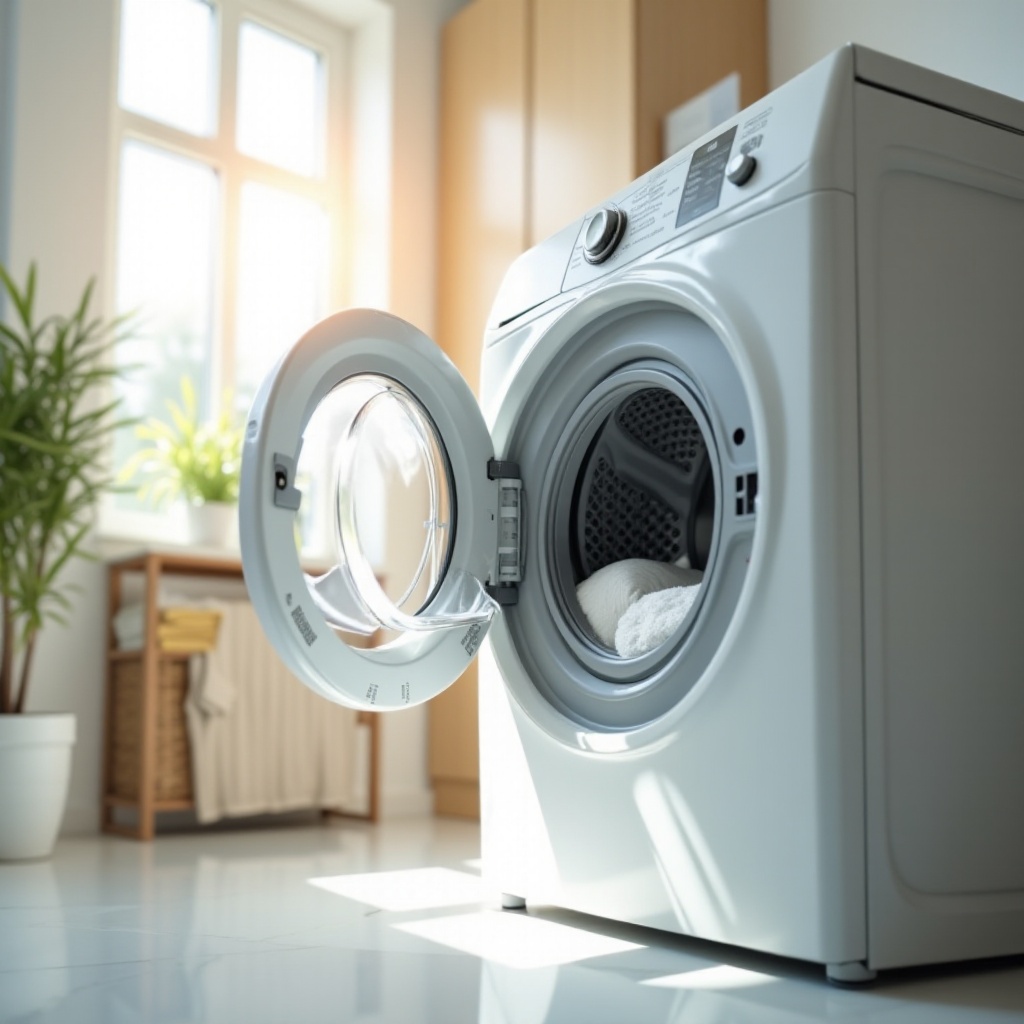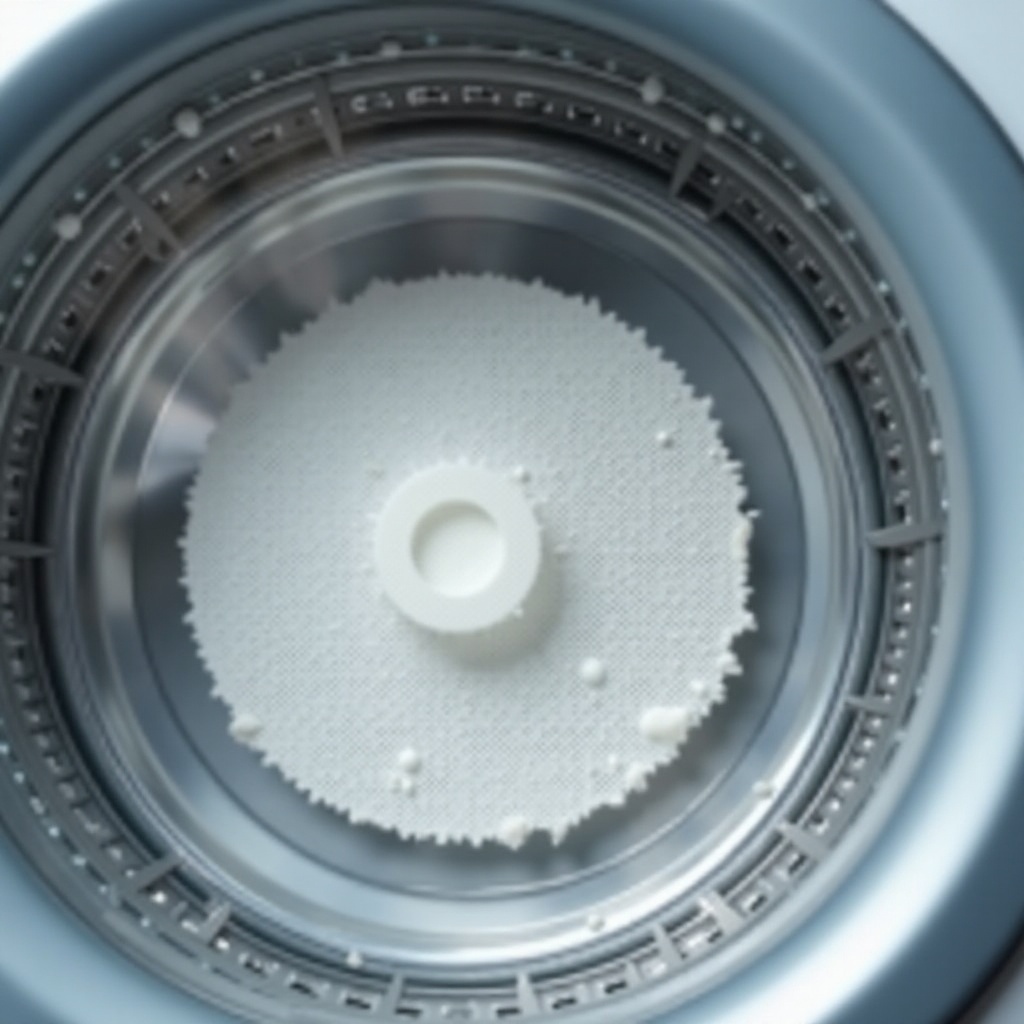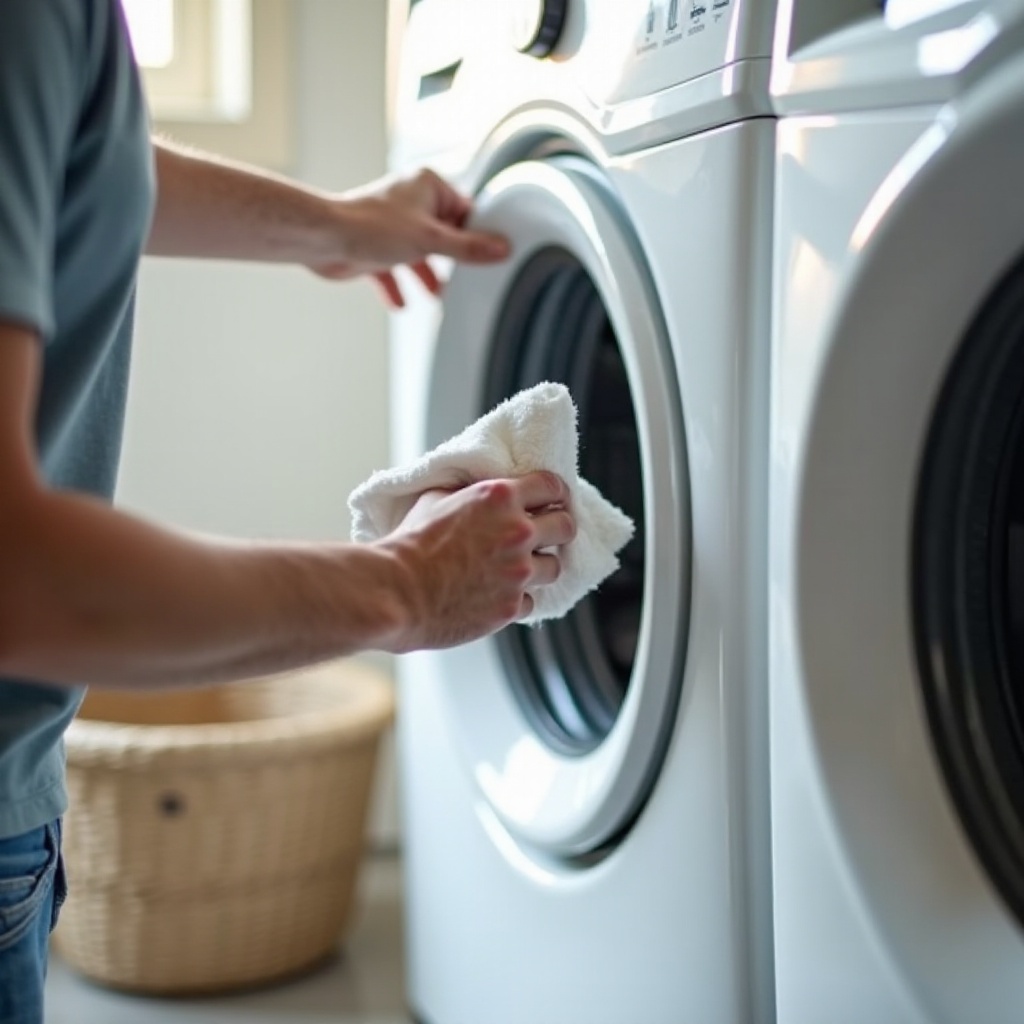Introduction
Lint in your washer can be a persistent problem. It builds up over time, clogs your machine, and even sticks to freshly washed clothes. Understanding the causes and implementing effective solutions can save you time, effort, and money. This comprehensive guide will help you understand what lint is, why it appears in your washer, and how to prevent and remove it.

What is Lint and How Does it Form in Washers?
Lint consists of tiny fibers that shed from clothes during washing. When you do laundry, these fibers get separated from fabrics. They mix with water, soap, and other residues, and eventually, they settle in your washer's drum or filter. This accumulation of lint can impact your washer's performance and the cleanliness of your clothes.
Several factors influence lint formation:- Types of Fabrics: Fabrics like cotton shed more fibers compared to synthetic textiles.- Washing Cycles: Certain wash cycles are harsher and cause more fiber shedding.- Detergents and Additives: Some detergents break down fibers more than others.
By understanding these factors, you can take steps to minimize lint formation and maintain a cleaner washer.
Top Reasons Lint Appears in Your Washer
Lint can accumulate in your washer for various reasons. Here are the top culprits:
Overloading the Washer
When you overload your washer, clothes rub against each other more aggressively, causing more fibers to shed. This increased friction results in more lint being produced.
Using the Wrong Detergent
Detergents that are too harsh can break down fabrics excessively, leading to more lint. Additionally, using too much detergent can also contribute to lint buildup, as undissolved soap traps fibers.
Washing Incompatible Fabrics Together
Mixing lint-producing fabrics (like towels) with lint-attracting fabrics (like synthetics) can lead to lint transfer. It’s crucial to separate your laundry to minimize this issue.
By avoiding these common mistakes, you can significantly reduce the amount of lint in your washer.

Effective Ways to Prevent Lint Build-Up
To keep your washer free from lint, consider implementing these preventative measures:
Proper Loading Techniques
- Avoid overloading your washer.
- Distribute clothes evenly to prevent friction.
- Wash heavily-linted items separately.
Choosing the Right Detergent and Wash Cycle
- Use detergents designed for your fabric types.
- Opt for gentle cycles for delicate fabrics.
- Avoid using excessive detergent.
Regular Maintenance to Keep the Washer Clean
- Clean your washer's drum and rubber gasket regularly.
- Remove any lint around the door and seals.
- Run a cleaning cycle with vinegar or a commercial cleaner monthly.
Following these tips can help you keep lint at bay and ensure your washer runs smoothly.
Removing Existing Lint from Your Washer
If you already have lint buildup, it’s crucial to clean your washer thoroughly. Here’s how:
Step-by-Step Cleaning Guide
- Empty the Drum: Remove all clothes and debris.
- Run a Hot Cycle: Use the hottest setting with vinegar to loosen lint.
- Scrub the Drum: Use a soft brush to remove stubborn lint spots.
Identifying and Treating Common Areas Where Lint Collects
- Check and clean the lint trap (if your washer has one).
- Clean the rubber gasket and surrounding areas.
- Inspect and clean the drain pump filter.
Recommended Cleaning Tools and Products
- Use soft brushes, microfiber cloths, and gentle cleaning solutions.
- Avoid abrasive tools that can damage your washer.
Thorough cleaning not only removes lint but also prevents future buildup.
Regular Washer Maintenance to Minimize Lint
Ongoing maintenance is vital for a lint-free washer. Implement these routine checks:
Inspection and Cleaning of the Lint Trap (if applicable)
- Empty the lint trap after each wash.
- Wash the lint trap with warm, soapy water weekly.
Regularly Checking Hoses and Drum for Debris
- Inspect hoses for clogs or kinks.
- Wipe down the drum after unloading laundry.
- Check for lint under and around the washer.
Scheduling Professional Maintenance if Needed
- If you notice recurring issues, consult a technician.
- Schedule regular professional cleaning to prolong the washer’s life.
Proactive maintenance ensures efficiency and reduces the risk of lint problems.

Conclusion
Keeping your washer free of lint requires consistent effort and the right techniques. By understanding the causes of lint, preventing its build-up, and maintaining your machine regularly, you can enjoy cleaner clothes and a longer-lasting washer. Remember to follow the tips outlined in this guide, and your washer will remain in optimal condition.
Frequently Asked Questions
How often should I clean my washer to prevent lint build-up?
Clean your washer’s drum and rubber gasket monthly. Check and clean the lint trap after each wash.
What are the best practices for reducing lint in my washer?
Separate lint-producing and lint-attracting fabrics, avoid overloading, and use the right detergent and wash cycles.
Can lint build-up damage my washing machine?
Yes, excessive lint can clog your washer's filters and hoses, reducing efficiency and potentially causing damage. Regular maintenance is key to preventing this.
